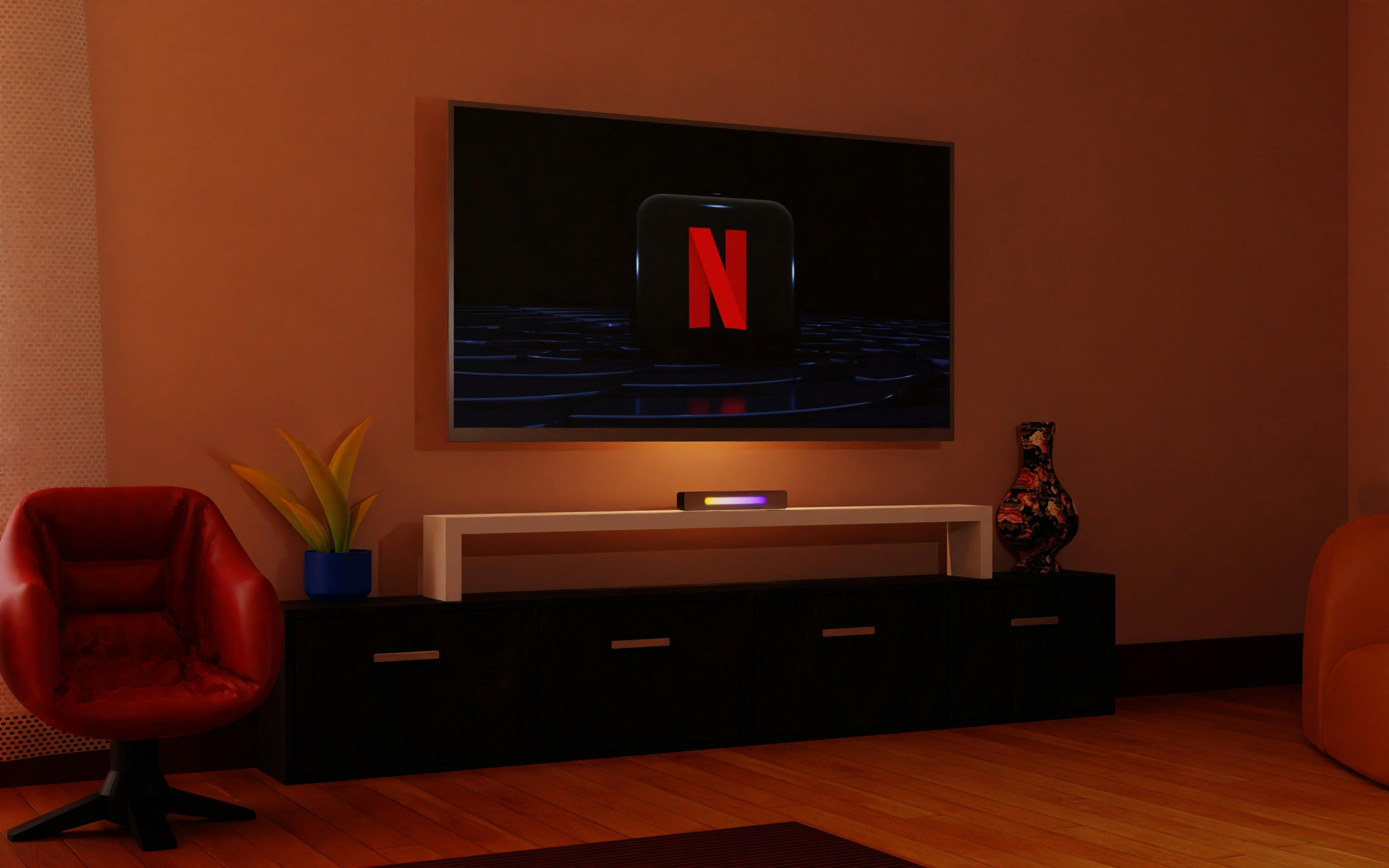In the ever-evolving landscape of digital entertainment, streaming services have become a cornerstone of media consumption, offering a vast array of content at our fingertips. However, the abundance of choices can lead to frequent switching between platforms, driven by exclusive releases, pricing changes, or personal preferences. This fluid movement, while beneficial in accessing diverse content, often comes at the cost of losing carefully curated preferences, watchlists, and viewing history. This article delves into the complexities of transitioning between streaming services, offering a comprehensive analysis of strategies and tools designed to preserve your personalized viewing experience, ensuring a seamless shift without sacrificing the tailored recommendations that enhance your entertainment journey.
Understanding Streaming Service Algorithms and Data Portability
Streaming services use complex algorithms to curate content that aligns with your viewing habits. These algorithms analyze your viewing history, search queries, and even the time of day you watch certain genres to offer personalized recommendations. However, when switching between services, you might worry about losing these tailored suggestions. Fortunately, understanding how these algorithms work can ease the transition. While exact data portability between platforms is still a developing feature, knowing your viewing preferences and manually adjusting settings can help maintain a seamless experience.
To ensure a smooth switch, consider these strategies:
- Document Your Preferences: Keep a list of your favorite genres, directors, and shows.
- Use Data Export Tools: Some services allow you to export your viewing history, which can be manually imported into a new service if supported.
- Recreate Watchlists: Dedicate some time to recreate your watchlists on the new platform.
- Explore Similar Content: Take advantage of the new service’s algorithm by exploring content similar to your documented preferences.
While true data portability might be on the horizon, these steps can help you retain a sense of continuity in your viewing experience.

Evaluating Features and Limitations of Current Platforms
When considering a switch between streaming platforms, it’s crucial to weigh the features and limitations of each service. Most platforms offer unique content libraries, but their user interfaces, recommendation algorithms, and device compatibility can vary significantly. For instance, some services like Netflix and Amazon Prime boast robust algorithms that tailor suggestions based on your viewing habits, while others might lag in providing personalized experiences. Assessing these elements can ensure you maintain a seamless transition without losing your preferred viewing style.
However, it’s equally important to recognize the limitations inherent in these platforms. Many services lack a direct method to transfer user preferences, such as watchlists and viewing history, to a new provider. This can be particularly frustrating if you’ve spent years curating your content. Additionally, geo-restrictions and content availability can vary, impacting your viewing options if you switch. Consider creating a list of must-have features and potential deal-breakers to guide your decision-making process:
- Content Library: Does it offer the genres and shows you love?
- User Experience: How intuitive is the interface?
- Device Compatibility: Is it accessible on all your devices?
- Price and Plans: Are the subscription costs within your budget?
Strategies for Migrating Preferences Seamlessly
Switching between streaming platforms doesn’t have to mean losing all your meticulously curated playlists and watchlists. To ensure a smooth transition, start by exporting your data from the current service. Many platforms offer options to download your viewing history or playlist details. Once you have this data, you can manually replicate your preferences on the new platform.
- Utilize Third-Party Tools: There are several tools available that can help you transfer playlists between services. Research and choose one that suits your needs.
- Leverage Free Trials: Use free trials to test the new platform and gradually rebuild your preferences before making a full switch.
- Keep Track of Recommendations: Note down or screenshot recommendations you love. This will help in manually setting up similar lists on the new service.
Moreover, some streaming services have partnerships that allow for easier migration of data. Check if such options are available, as they can significantly simplify the process. By taking these proactive steps, you can maintain a seamless viewing experience across different platforms.
Utilizing Third-Party Tools to Preserve Viewing History
Switching between streaming platforms often leads to the loss of viewing history and personalized recommendations. However, third-party tools offer a solution by maintaining a record of your watched content across various services. These tools can help you keep track of your favorite shows and movies, ensuring that your preferences remain intact even as you explore new platforms.
- Trakt: This service synchronizes your watchlist across multiple streaming platforms, providing a unified view of your viewing habits.
- Reelgood: Offers a centralized hub for tracking shows and movies, allowing you to continue where you left off, regardless of the platform.
- JustWatch: Not only helps in finding where your favorite content is available but also keeps a record of what you’ve watched.
By integrating these tools into your streaming routine, you can effortlessly transition between services without the frustration of losing your personalized recommendations. These solutions are invaluable for those who frequently switch platforms or share accounts with others.



